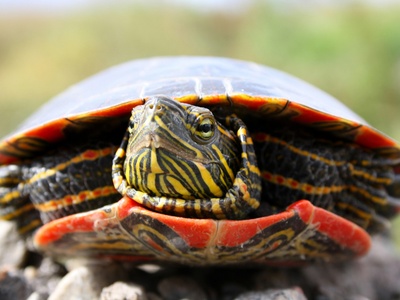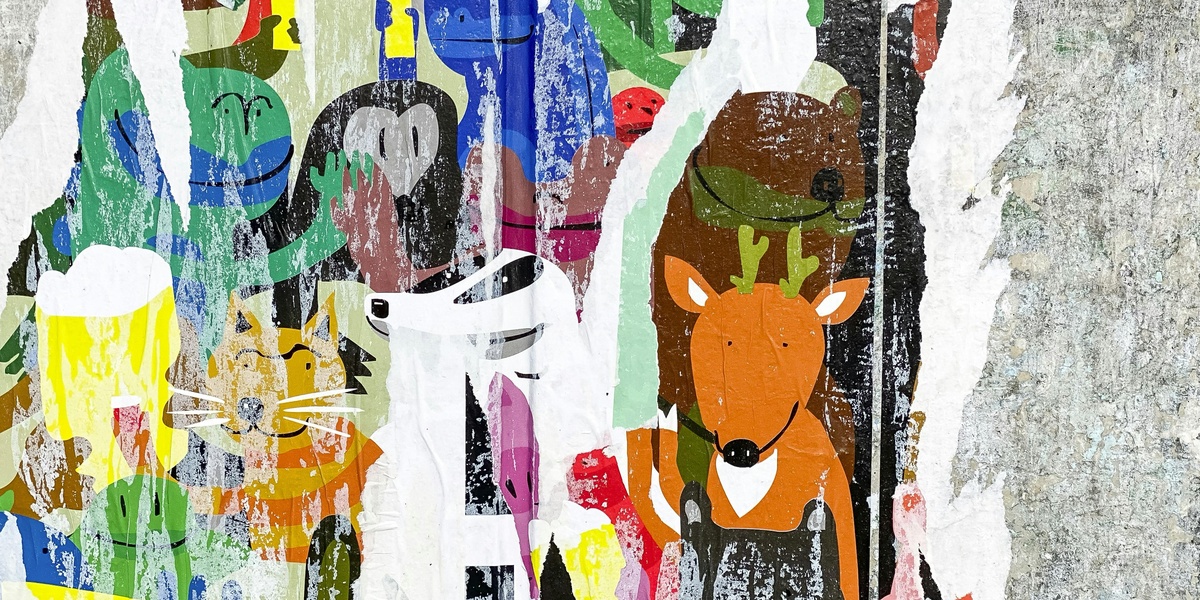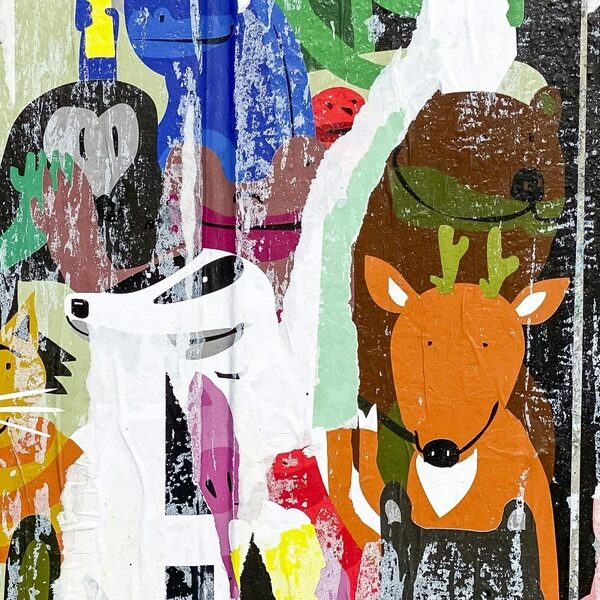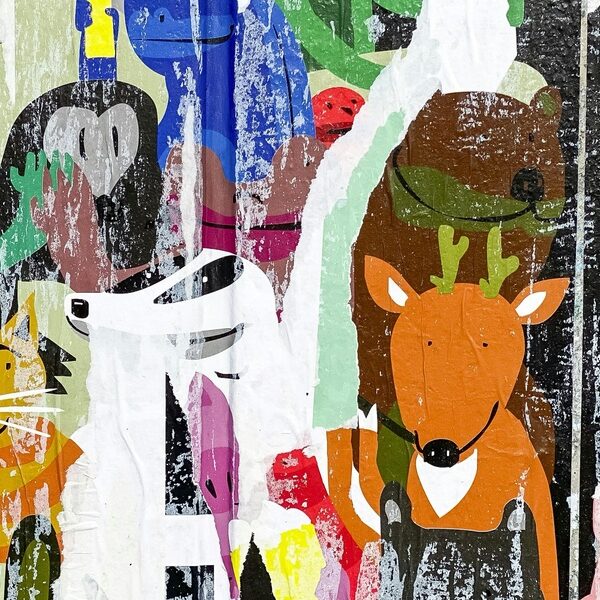This list includes 50 Common Animals that start with P, ranging from “Paddlefish” to “Python”. They cover fish, reptiles, birds, and mammals useful for quick identification, classroom projects, and nature reference.
Common Animals that start with P are familiar species and groups whose names begin with the letter P. Many, like the playful penguin or powerful puma, appear in stories, logos, and conservation campaigns worldwide.
Below you’ll find the table with common name, scientific name, order, and habitat/distribution.
Common name: The everyday name helps you recognize species quickly and match entries to field guides or classroom materials.
Scientific name: The Latin binomial provides precise identification so you can confirm species across languages and scientific references.
Order: This taxonomic rank groups related species, helping you understand broad evolutionary relationships and compare similar animals.
Habitat/distribution: Brief note on where the animal lives and its global range to guide study and field observation.
Common Animals that start with P
| Common Name | Scientific Name | Order | Habitat/Distribution | Description |
|---|---|---|---|---|
| Panda | Ailuropoda melanoleuca | Carnivora | Temperate bamboo forests; China | Iconic black-and-white bear that eats mostly bamboo; solitary and relatively large, a conservation symbol. |
| Pangolin | Manis | Pholidota | Forests and savannas; Africa and Asia | Scaly, nocturnal mammal feeding on ants and termites; rolls into a spiny ball when threatened. |
| Panther | Panthera pardus | Carnivora | Forests and grasslands; Africa and Asia, sometimes Americas | Common name for large wild cats (often leopards or jaguars); melanistic individuals called black panthers. |
| Peacock | Pavo cristatus | Galliformes | Woodlands and farmland; South Asia, introduced worldwide | Male peafowl with an iridescent tail fan used in dramatic courtship displays. |
| Pelican | Pelecanus | Pelecaniformes | Coastal and inland waters; worldwide (except polar) | Large waterbird with an expandable throat pouch used to scoop fish. |
| Penguin | Aptenodytes | Sphenisciformes | Coastal Southern Hemisphere; Antarctic to temperate islands | Flightless, streamlined seabird adapted to swimming and diving for fish. |
| Pike | Esox lucius | Esociformes | Freshwater lakes and rivers; Northern Hemisphere | Long, torpedo-shaped ambush predator fish with sharp teeth. |
| Pig | Sus scrofa | Artiodactyla | Farms, woodlands; Eurasia, worldwide domesticated | Intelligent, omnivorous hoofed mammal widely kept for meat and adapted to many environments. |
| Pigeon | Columba livia | Columbiformes | Urban areas and cliffs; worldwide (introduced) | Familiar city bird descended from the rock dove; adaptable, social, and common in towns. |
| Pika | Ochotona | Lagomorpha | Rocky alpine meadows; Asia and North America | Small, rabbit-like mammal that stores hay for winter and makes high-pitched calls. |
| Platypus | Ornithorhynchus anatinus | Monotremata | Freshwater rivers and streams; Eastern Australia | Egg-laying mammal with a duck-like bill, webbed feet, and venomous spur on males. |
| Porcupine | Erethizon dorsatum | Rodentia | Forests and woodlands; North America | Rodent covered in sharp quills used for defense; mainly nocturnal and herbivorous. |
| Porpoise | Phocoena phocoena | Cetacea | Coastal temperate and cold oceans; Northern Hemisphere | Small toothed whale, agile swimmer, uses echolocation to hunt fish. |
| Possum | Trichosurus vulpecula | Diprotodontia | Forests and urban areas; Australia and Tasmania | Tree-dwelling nocturnal marsupial that adapts well to human environments. |
| Puffin | Fratercula arctica | Charadriiformes | North Atlantic coasts and islands | Colorful-billed seabird that nests in burrows and dives for fish. |
| Puma | Puma concolor | Carnivora | Forests and mountains; Americas from Canada to South America | Also called cougar or mountain lion; solitary ambush predator and highly adaptable. |
| Python | Python | Squamata | Tropical and subtropical forests; Africa, Asia, Australia | Large constricting snakes, many species are strong swimmers and nonvenomous. |
| Parrotfish | Scarus | Perciformes | Coral reefs; tropical oceans worldwide | Brightly colored reef fish that scrapes algae with a beak-like set of fused teeth. |
| Peacock mantis shrimp | Odontodactylus scyllarus | Stomatopoda | Coral reefs; Indo-Pacific | Vividly colored stomatopod that delivers extremely fast, cavitation-driven strikes with its claws. |
| Peregrine falcon | Falco peregrinus | Falconiformes | Open habitats worldwide, excluding extreme polar regions | Fast aerial predator famed for high-speed dives to catch birds mid-flight. |
| Perch | Perca fluviatilis | Perciformes | Freshwater lakes and rivers; Europe and Asia | Common freshwater fish with vertical dark bars, popular with anglers. |
| Plover | Charadrius | Charadriiformes | Beaches and mudflats; worldwide | Small shorebird that runs along shorelines probing for invertebrates. |
| Praying mantis | Mantis religiosa | Mantodea | Gardens and grasslands; worldwide in warm regions | Ambush predator insect with raptorial forelegs and a head that can rotate to track prey. |
| Puff adder | Bitis arietans | Squamata | Savannas and grasslands; Sub-Saharan Africa | Heavy-bodied venomous viper that relies on camouflage and ambush attacks. |
| Piranha | Pygocentrus nattereri | Characiformes | Freshwater rivers; Amazon basin, South America | Sharp-toothed schooling fish known for powerful bites and opportunistic feeding. |
| Prairie dog | Cynomys ludovicianus | Rodentia | Grasslands and prairies; North America | Social burrowing rodent living in large colonies (“towns”) with vocal alarm systems. |
| Ptarmigan | Lagopus muta | Galliformes | Arctic and alpine tundra; circumpolar regions | Grouse that molts to white in winter for camouflage in snow. |
| Peacock spider | Maratus volans | Araneae | Shrublands and leaf litter; Australia | Tiny jumping spider that performs elaborate, colorful courtship dances. |
| Paddlefish | Polyodon spathula | Acipenseriformes | Large rivers; Mississippi basin, North America | Large freshwater fish with a long paddle-like rostrum used for sensing and filter-feeding plankton. |
| Pilchard | Sardina pilchardus | Clupeiformes | Northeast Atlantic coastal waters | Small schooling fish (sardine family) important as food and bait. |
| Pine marten | Martes martes | Carnivora | Wooded areas; Europe and parts of Asia | Agile, tree-climbing mustelid that eats fruits, small mammals, and birds. |
| Polecat | Mustela putorius | Carnivora | Woodlands and farmland; Europe, North Africa | Weasel-like carnivore, nocturnal and known for its strong musk. |
| Porcupinefish | Diodon holocanthus | Tetraodontiformes | Tropical and subtropical seas; worldwide | Inflates and erects spines when threatened; slow-moving reef fish with distinctive markings. |
| Potoo | Nyctibius griseus | Nyctibiiformes | Neotropical forests; Central and South America | Nocturnal bird that perches motionless and is camouflaged as a broken branch. |
| Pony | Equus ferus caballus | Perissodactyla | Domestic; bred worldwide | Small horse breed used for riding and work; known for strength and hardiness. |
| Pheasant | Phasianus colchicus | Galliformes | Farmlands and woodlands; native Asia, introduced worldwide | Gamebird with colorful males and long tails used in displays. |
| Pademelon | Thylogale | Diprotodontia | Rainforests and woodlands; Australia and New Guinea | Small wallaby-like marsupial that hops and feeds on leaves and fruit. |
| Pufferfish | Tetraodon | Tetraodontiformes | Tropical marine and brackish waters; worldwide | Inflates with water or air as defense; many species carry potent toxins. |
| Partridge | Perdix perdix | Galliformes | Farmlands and grasslands; Europe and Asia | Ground-dwelling gamebird often seen in coveys, with cryptic brown plumage. |
| Parakeet | Psittacula krameri | Psittaciformes | Woodlands and cities; native Africa and South Asia, introduced worldwide | Small, long-tailed parrot common in aviaries and urban flocks, social and vocal. |
| Patagonian mara | Dolichotis patagonum | Rodentia | Patagonian grasslands; Argentina | Large, long-legged rodent resembling a small deer; monogamous and grazes in groups. |
| Proboscis monkey | Nasalis larvatus | Primates | Borneo mangroves and riverine forests | Long-nosed, arboreal monkey that eats leaves and is an adept swimmer. |
| Pronghorn | Antilocapra americana | Artiodactyla | North American prairies and deserts | Extremely fast ungulate with unique forked horns and keen eyesight. |
| Prawn | Penaeus | Decapoda | Coastal waters and estuaries; worldwide tropics | Shrimp-like crustaceans, many species are important seafood and commercially fished. |
| Pileated woodpecker | Dryocopus pileatus | Piciformes | Mature forests; eastern North America | Large black woodpecker with a red crest that chisels rectangular holes for insects. |
| Panther chameleon | Furcifer pardalis | Squamata | Rainforests and plantations; Madagascar | Colorful chameleon species popular in the pet trade; males show bright, variable patterns. |
| Polar bear | Ursus maritimus | Carnivora | Arctic sea ice and coasts; circumpolar Arctic | Powerful marine bear adapted to cold, hunts seals on sea ice and swims long distances. |
| Pickerel | Esox americanus | Esociformes | Freshwater streams and ponds; eastern North America | Small pike-like ambush predator with slender body and quick strikes. |
| Pygmy seahorse | Hippocampus bargibanti | Syngnathiformes | Coral reefs; Indo-Pacific | Tiny, well-camouflaged seahorse living among gorgonians, typically under 2 cm long. |
| Painted turtle | Chrysemys picta | Testudines | Freshwater ponds and lakes; North America | Common pond turtle with colorful striped head and shell edges, basks on logs. |
Descriptions
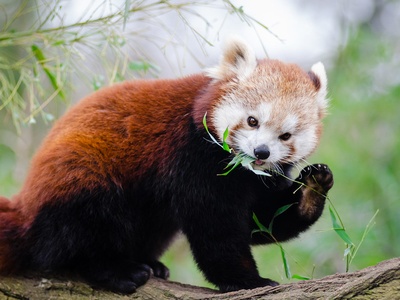
Panda
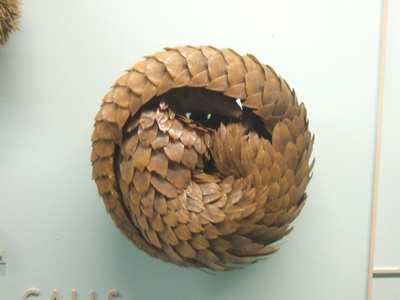
Pangolin
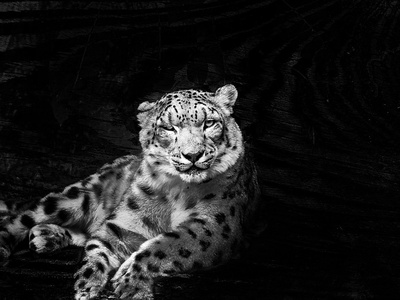
Panther
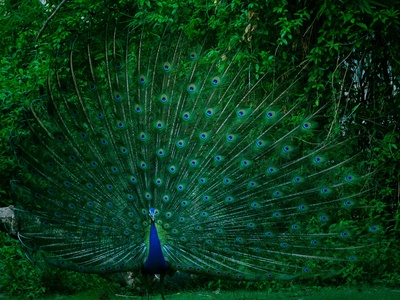
Peacock

Pelican
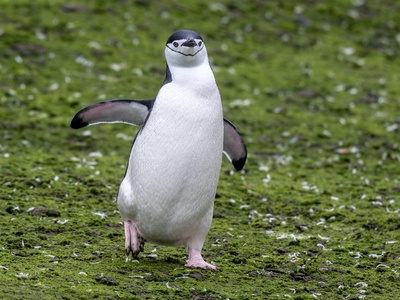
Penguin
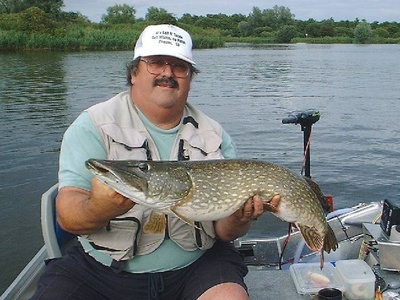
Pike

Pig
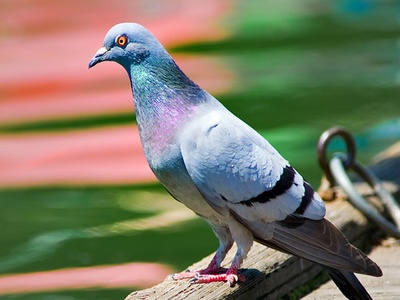
Pigeon
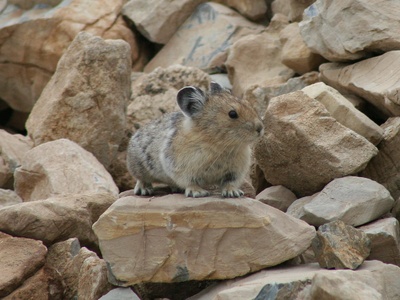
Pika
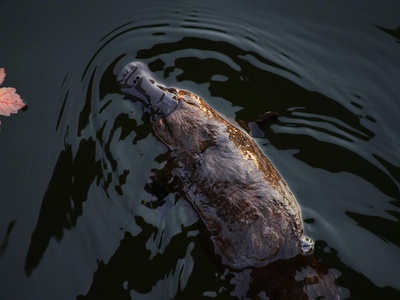
Platypus
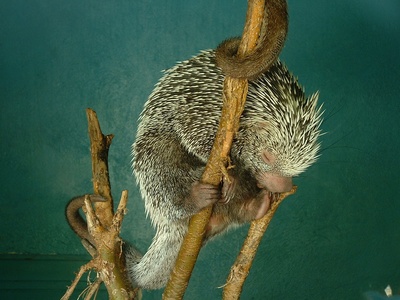
Porcupine
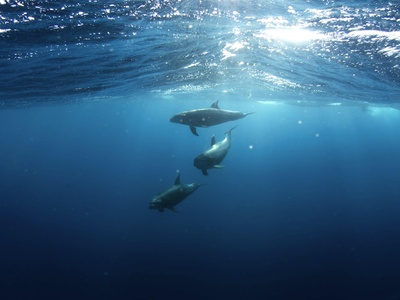
Porpoise
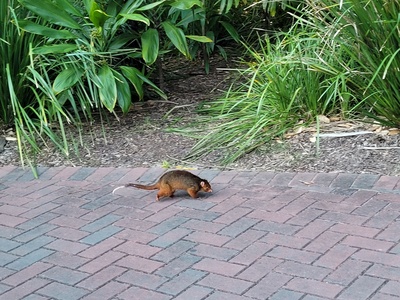
Possum
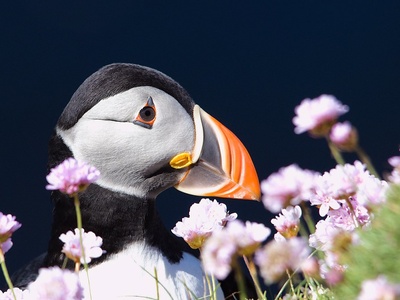
Puffin
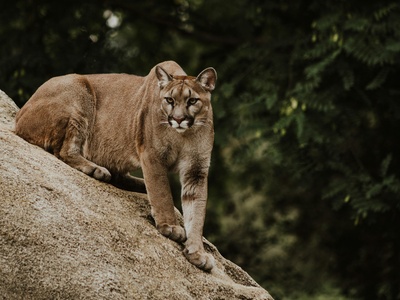
Puma

Python
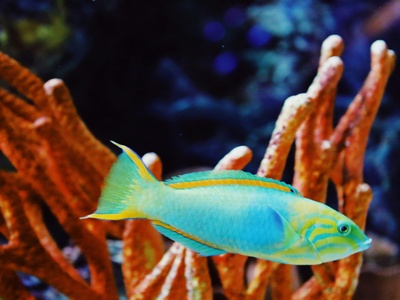
Parrotfish
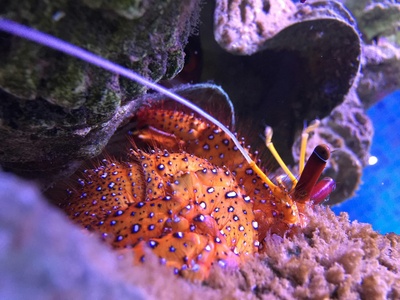
Peacock mantis shrimp
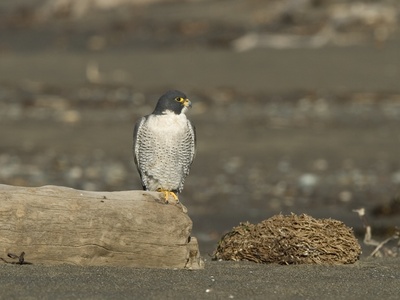
Peregrine falcon
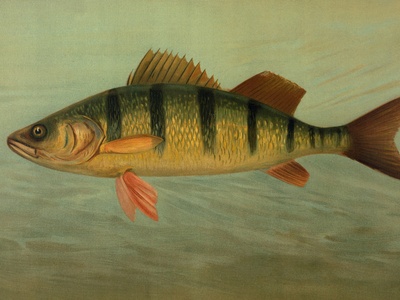
Perch
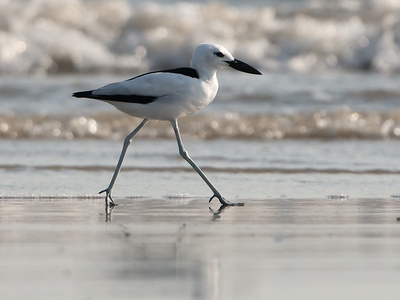
Plover
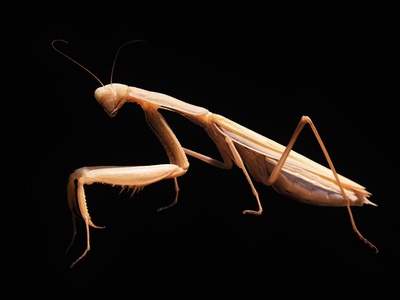
Praying mantis
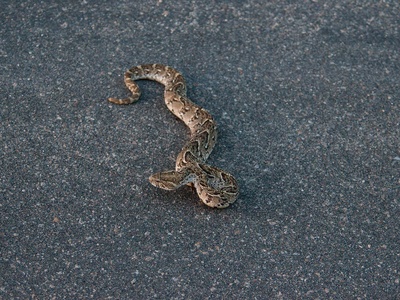
Puff adder
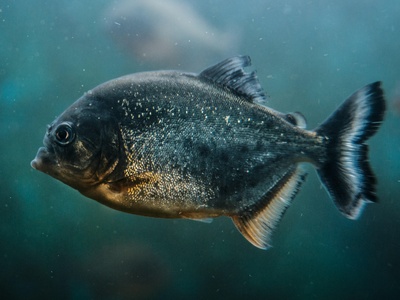
Piranha
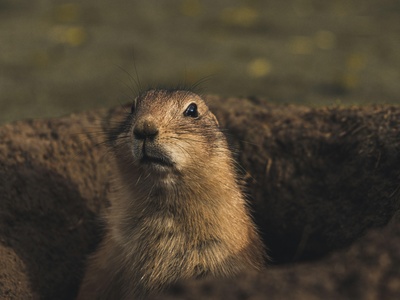
Prairie dog
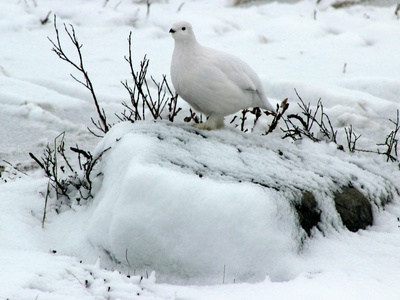
Ptarmigan
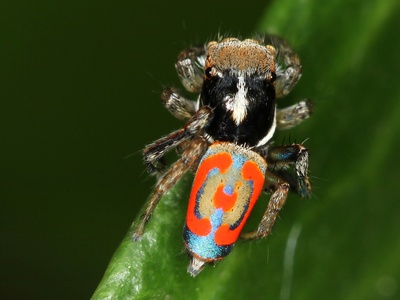
Peacock spider
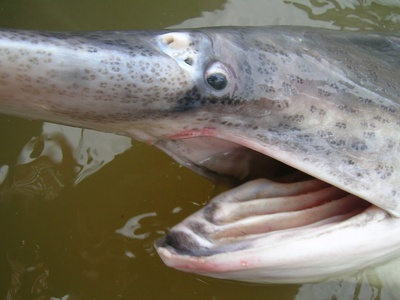
Paddlefish
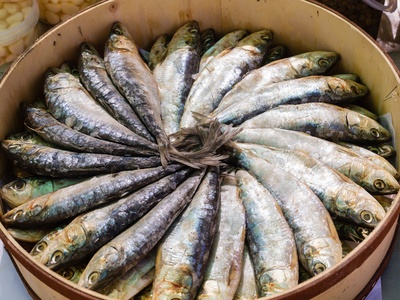
Pilchard
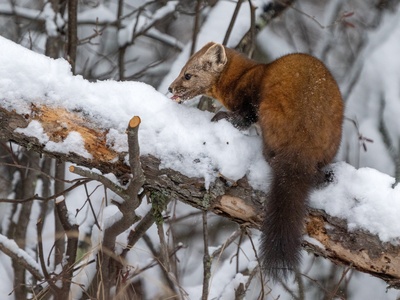
Pine marten
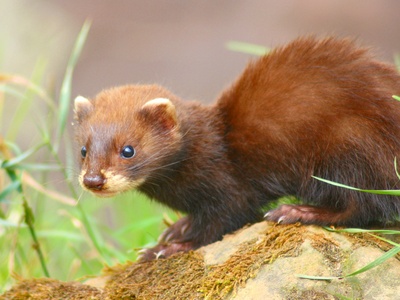
Polecat
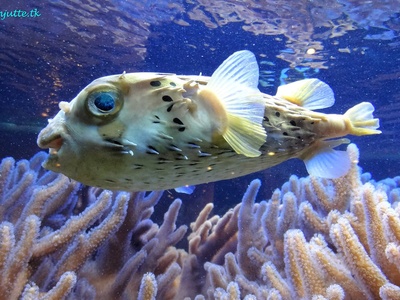
Porcupinefish
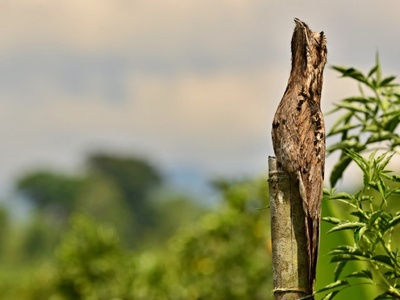
Potoo
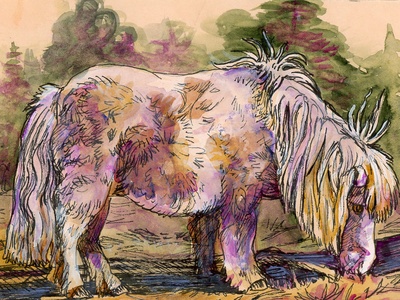
Pony
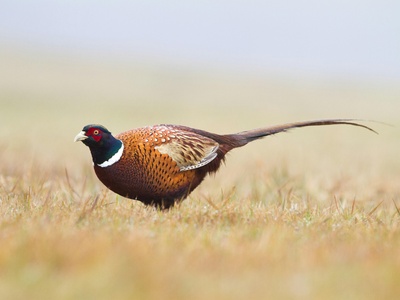
Pheasant
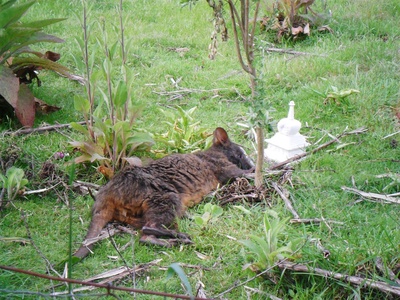
Pademelon
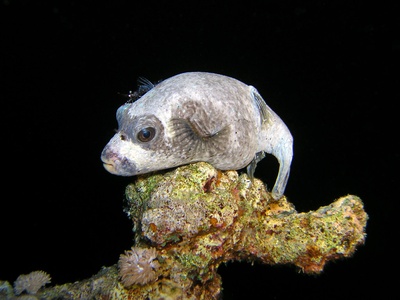
Pufferfish
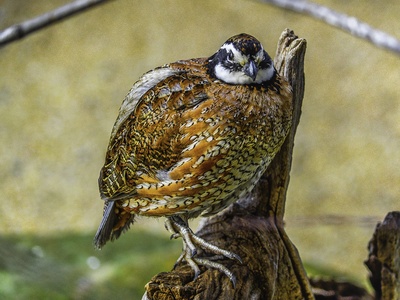
Partridge
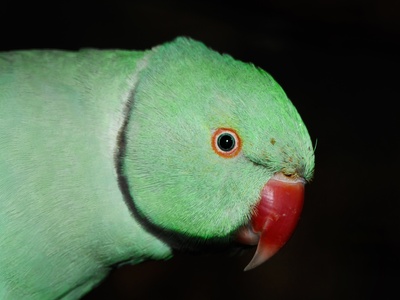
Parakeet
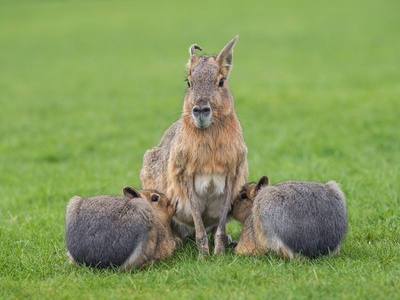
Patagonian mara
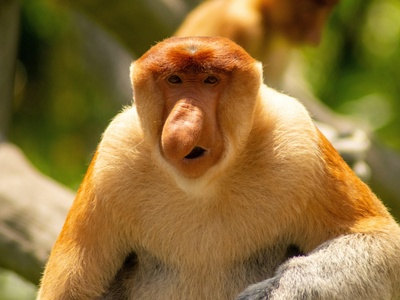
Proboscis monkey
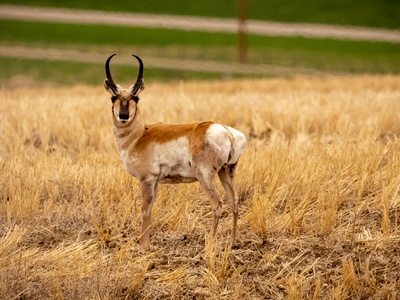
Pronghorn
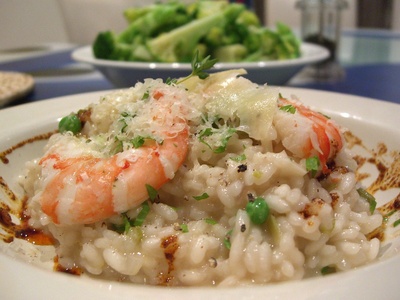
Prawn
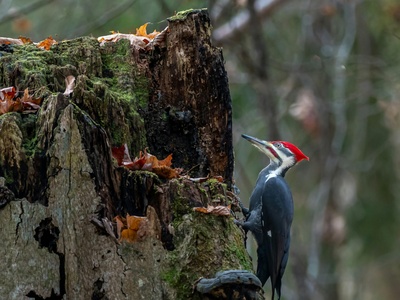
Pileated woodpecker
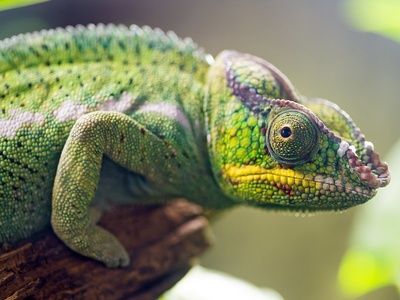
Panther chameleon
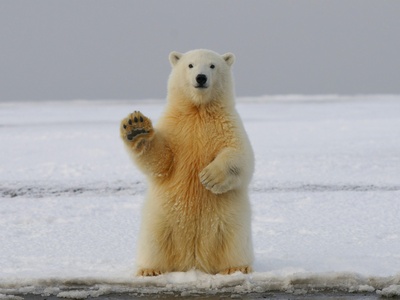
Polar bear
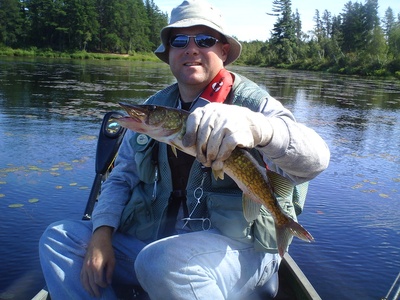
Pickerel
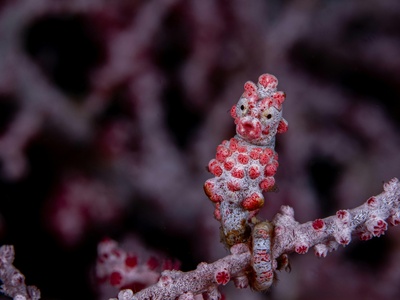
Pygmy seahorse
